Simhasana (Lion Pose)
What is Simhasana (Lion Pose)?
Simhasana, also known as Lion Pose, is a seated yoga posture that resembles a lion’s roaring expression. It is an energizing and powerful asana that focuses on releasing tension and stimulating various facial muscles.
Simhasana term arrives from Sanskrit. Simhasana’s meaning is ‘Sinha’ means Lion and ‘Asana’ means pose or posture; hence, it means Lion pose yoga in English. It is included in Hatha yoga and stylish yoga. There is even a Simhasana yoga that has been mentioned in Iyengar Yoga which starts from the lotus position.
Simhasana (the Lion pose) is one of the multiple unique yoga postures you would ever see. This is one yoga where you do not just prolong your body in a special position but you are even needed to create a sound like a lion. That’s why it is comprehended as a Lion pose. This great combination of sound and body posture further boosts the benefits of Simhasana.
If you have been preparing to begin yoga for newbies, this has to be on your list. Simhasana pose is quite easy and can be done by anyone. Once you have learned the primary Lion pose, you can even modify it and create additional challenges to match your fitness level.
How To Do Simhasana (Lion Pose)
To begin with, sit in Vajrasana, Flex the right leg at the knee, and place it behind the left leg on the thigh. Similarly, flex the left leg from the knee and place it on the thigh of the right leg on the backside.
- In this position, move your body slightly forward and Set both hands on the ground floor in front of both knees.
- Transferring your weight to your arms.
- Then, maintain in mind that the part above the waist is bent forward, yet it should be straight at 90 degrees.
- Move your head backward relaxing and lift your chest.
- Bring an in-depth inhalation through the nose, open your mouth broad, and prolong your tongue out as wide as possible.
- Now, look up from the eyes i.e. boost the learners of the eyes and concentrate your look on the eyebrow middle.
- Contract the muscles at the front of the throat, fully exhale the tongue and make a sound of ‘Ahhhh.
- Next, make sure that the breath should pass through the back of the throat.
This position is exactly like a roaring lion. - Roar a few duration and keep the position as comfortable as possible.
- After exhaling bring the tongue in, close the mouth, and Then, breathe normally.
- Lastly, straighten the body, normalize the hands and spread both legs straight in the facade, and relax.
Seat in Vajrasana and then rest in Child’s Pose (Balasana).
Simhasana Pose Video
Benefits of Simhasana (Lion Pose)
- It cures bad breath.
- Clears the Vocal cords.
- Provide relief for back pain.
- Strengthens Fingers and hands.
- Prevents soreness of the throat.
- Best posed for those children who lisp.
- Enhances circulation of blood to the face
- Simhasana properly opens the Respiratory tract.
- The Lion Pose helps improve the tone of the voice.
- Beneficial in unclear pronunciation and ear problems.
- The best practice for the face, eyes, and tongue
- Useful for tonsils, thyroid, and other issues connected to the throat.
Modifications & Props
Yoga block – If you discover a problem in seating the pose. Place a block under your hips and sit simply in Vajrayana to execute Simhasana.
Chair – If it is challenging for you to execute this pose on the ground floor, rehearsing it on the chair is suggested.
Variations
Simhasana can be performed sitting in Sukhasana.
Another variation is instead of being in vajrasana you can balance your body on your toes and place the hands on the knees the further steps can be followed.
Simhasana Variation – Here, begin with seating in padmasana. Then move the body weight to the palms and begin walking forward. Walk forward until you are standing on your knees and your palms are turned inward. Then, begin inhaling and exhaling with your tongue out.
Lion Pose Hands Under Legs – You can even get deviation to lion pose by placing your hands under your legs rather than maintaining them among your knees.
Simhasana contraindications-
If you have an ache in your knees, then you can seat in a normal state and rehearse it.
If you have a severe disease related to the throat, then you should not practice pregnant women should not practice this asana.
you have backache, you shouldn’t practice this pose.
You shouldn’t do this pose if you have issues with cervical, migraine, and headache.
Conclusion:
Simhasana, also known as Lion Pose, is a seated yoga posture that involves opening the mouth wide, extending the tongue, and roaring like a lion. It is practiced by sitting in a comfortable position, inhaling deeply, and exhaling forcefully while making a “ha” sound. Simhasana releases tension, stimulates facial muscles, improves vocal clarity, boosts energy, and enhances concentration. It is important to practice under the guidance of a yoga teacher if you have any neck or throat conditions.
FAQ
1. What are the benefits of Simhasana?
Relieves tension in the face and chest. Enhances circulation of blood to the face. Holds your eyes healthy by stimulating the nerves. Stimulates and firms the platysma.
2. Is Simhasana good for the thyroid?
Lion’s Pose or Simhasana yoga pose aids to stimulate the thyroid gland, by massaging and prolonging the neck and throat. It even reduces stress and calms the brain, while enhancing facial and neck muscles.
3. What is the duration of Simhasana?
After Roaring maintain the asana for 20 to 30 sec. Replicate this process about 4 to 6 times. After accomplishing Simhasana while bringing the saliva inside the mouth, massage the throat lightly. Don’t inhale fast after this pose. Attempt to inhale after 20 to 30 seconds.
4. What is the contraindication of Simhasana?
Lion Pose (Simhasana) is an extremely secure asana. However, it is contraindicated by the following situations injury and Surgery. If a practitioner has undergone recent ankles, knees, or spine surgery, then they should avoid this asana. You should not to do this pose if they have an injury in the face, neck, or tongue.

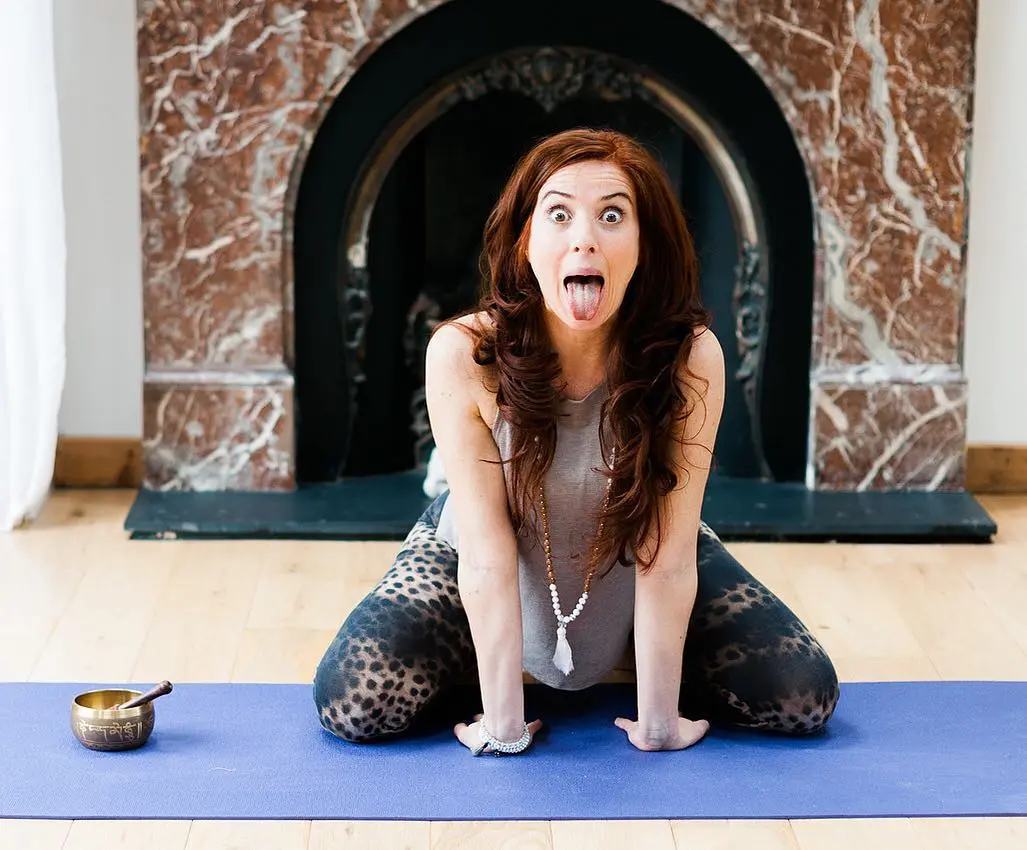


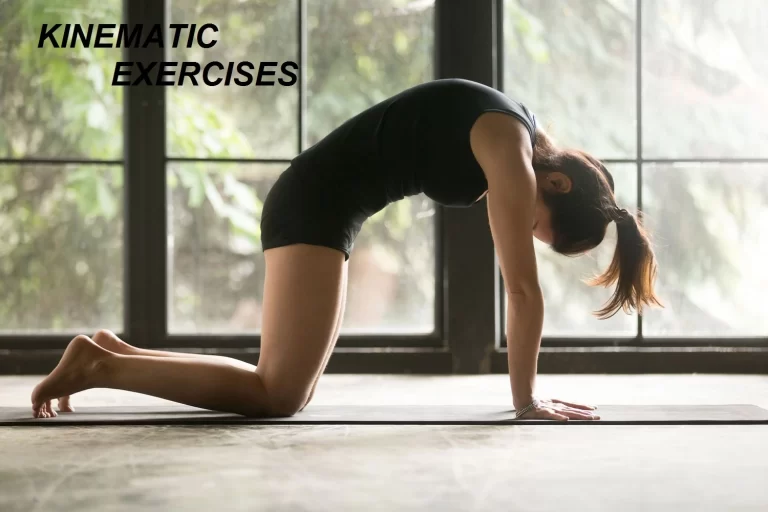
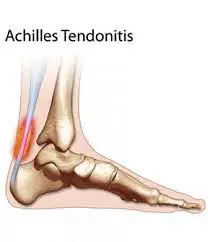
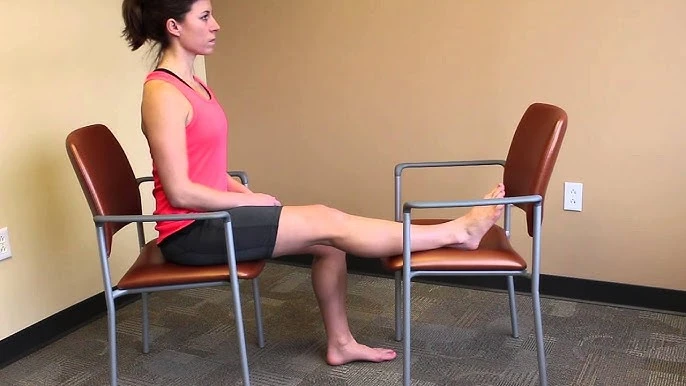
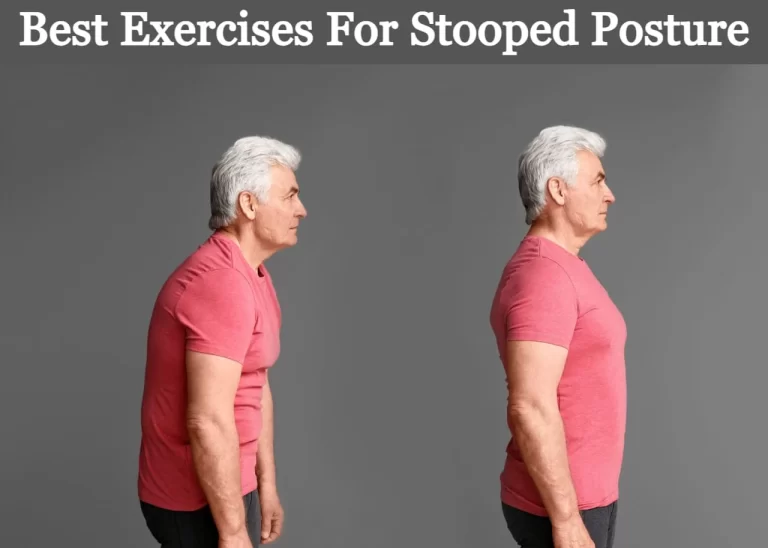
One Comment